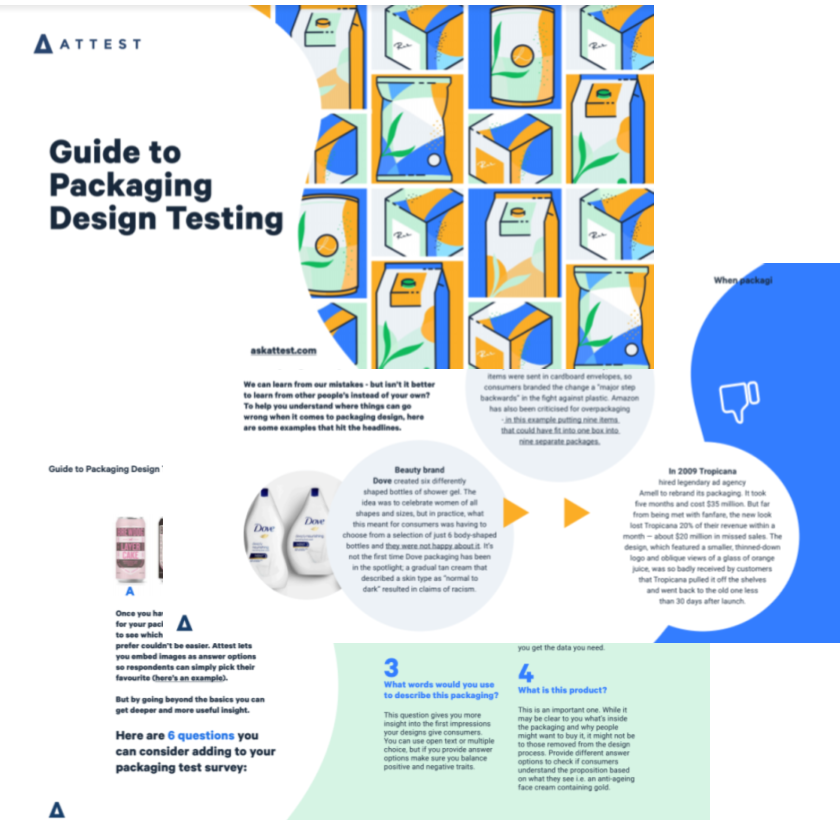16 of the most creative packaging designs in food and beverage
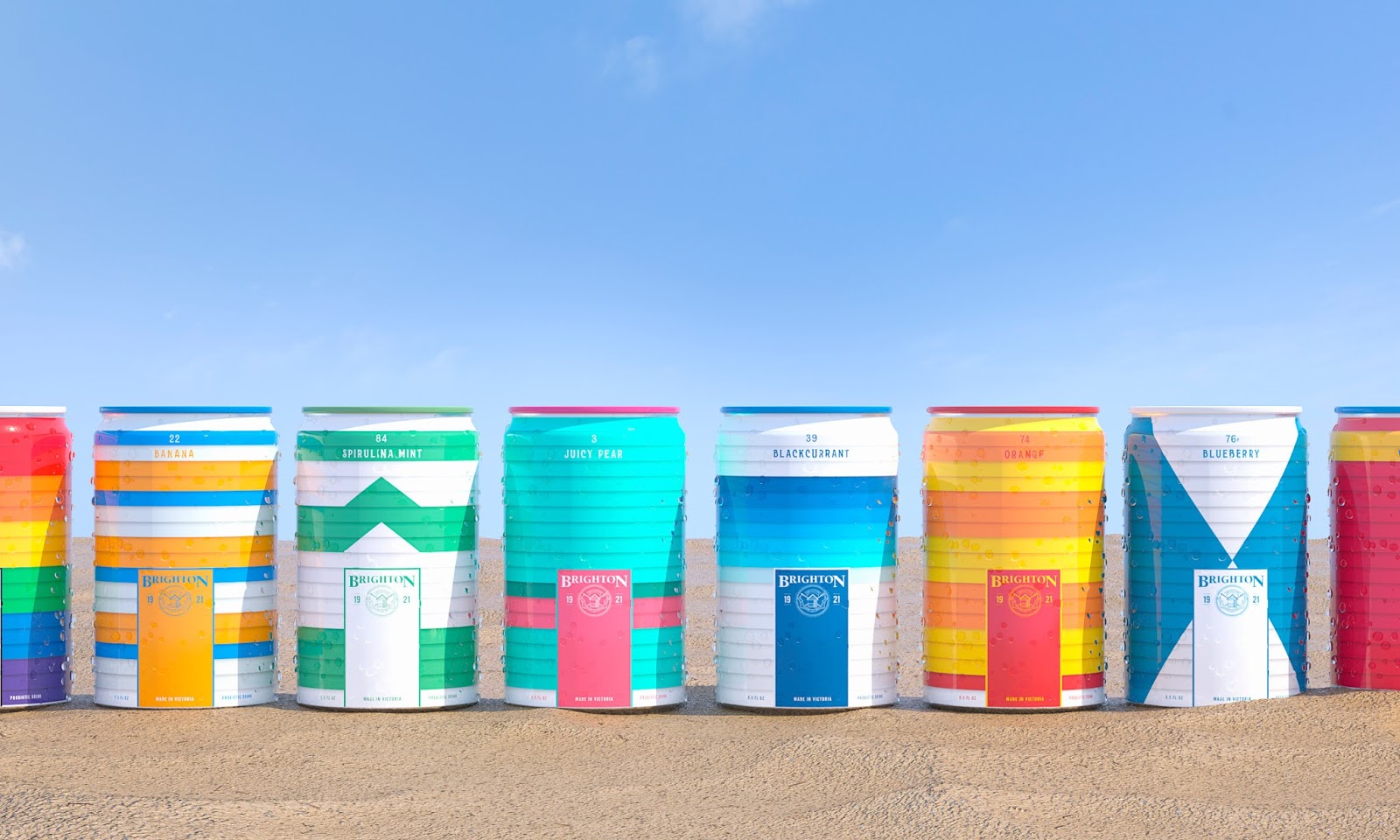
We’ve compiled 16 stand-out examples of brilliantly creative packaging designs across a range of F&B categories, from snacks to takeaway food.
- Creative packaging designs for rice and pasta
- Rice packaging
- Pasta packaging
- Creative packaging designs for fresh produce
- Eggs packaging
- Fresh meat packaging
- Creative packaging designs soft drinks
- Seltzer packaging
- Soda packaging
- Creative packaging designs for dairy products
- Milk packaging
- Butter packaging
- Creative packaging designs for fast food
- Burger packaging
- Pizza packaging
- Creative packaging designs for cereal
- Cereal multipack packaging
- Creative packaging designs for food on the go
- Salad packaging
- Takeaway drinks packaging
- Creative packaging designs for alcoholic beverages
- Wine packaging
- Creative packaging designs for snacks
- Nuts packaging
- Dried fruit and nuts packaging
- Time to start work on your own creative packaging designs
Creative packaging design is not always associated with the food and beverage (F&B) industry – packaging for fast moving consumer goods (FMCG) can be a little, well, perfunctory.
But when brands do take the time to do things a bit differently, their products can really stand out from the crowd. That’s what we wanted to showcase in this article – how creative assets and packaging design can elevate a product and make even everyday foodstuffs extraordinary (often after extensive creative testing.) Not to mention, directly correlate to increased sales and brand buzz.
We’ve compiled 16 stand-out examples of brilliantly creative F&B packaging design across a range of categories, from snacks to takeaway food. We hope they provide you with inspiration for your next food product development and packaging design project, and encourage you to be bolder with how you present your own products – don’t forget that you can minimise the risk of making bold design decisions by testing packaging designs with consumers before they hit the shelves (download the free guide below).
Creative packaging designs for rice and pasta
Rice packaging
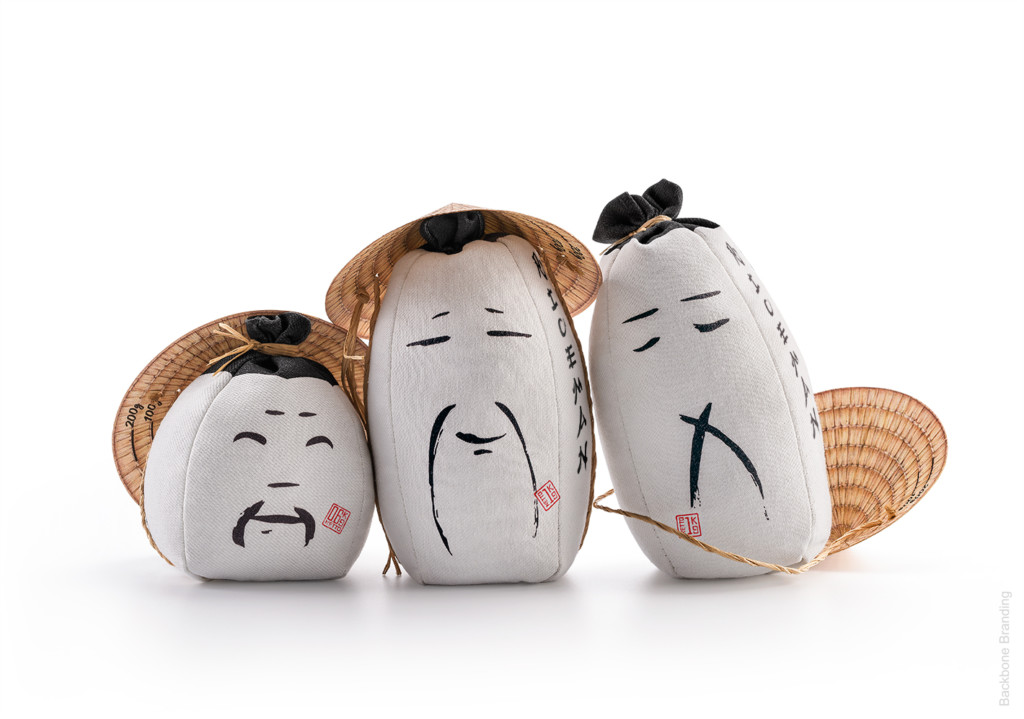
When Backbone Branding was asked by a small distributor to create a design for two types of rice, they wanted to explore the interesting journey the grain goes through before it arrives on our plates. In particular, they wanted to pay tribute to the anonymous humans in charge of the hard work in rice fields.
They chose sustainable sackcloth fabric to contain the rice, and a carton lid in the form of a traditional conic hat, which doubles up as a rice measurement cup. The faces on the bags display a range of facial expressions, so that the rice farmers appear to be conversing with one another when on the shelf.
Pasta packaging
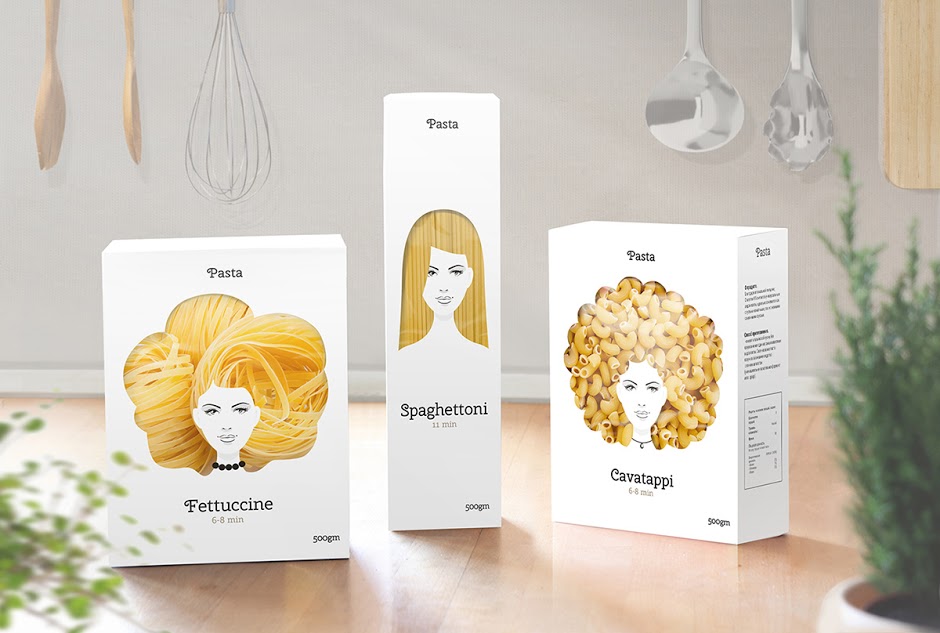
Moscow-based designer Nikita Konkin dreamed up this creative packaging design for pasta that makes the pasta inside look like ladies’ hair. The pasta range includes fettuccine (the wavy one), spaghettoni (the straight one) and cavatappi (the curly one).
The designs are only mock-ups, but it shows how the design of the outer packaging can be combined with the product inside the box to create a two-dimensional, multi-textural image. By focusing the design on hair, it also challenges the idea that only food-based imagery can be used for food packaging design.
Creative packaging designs for fresh produce
Eggs packaging
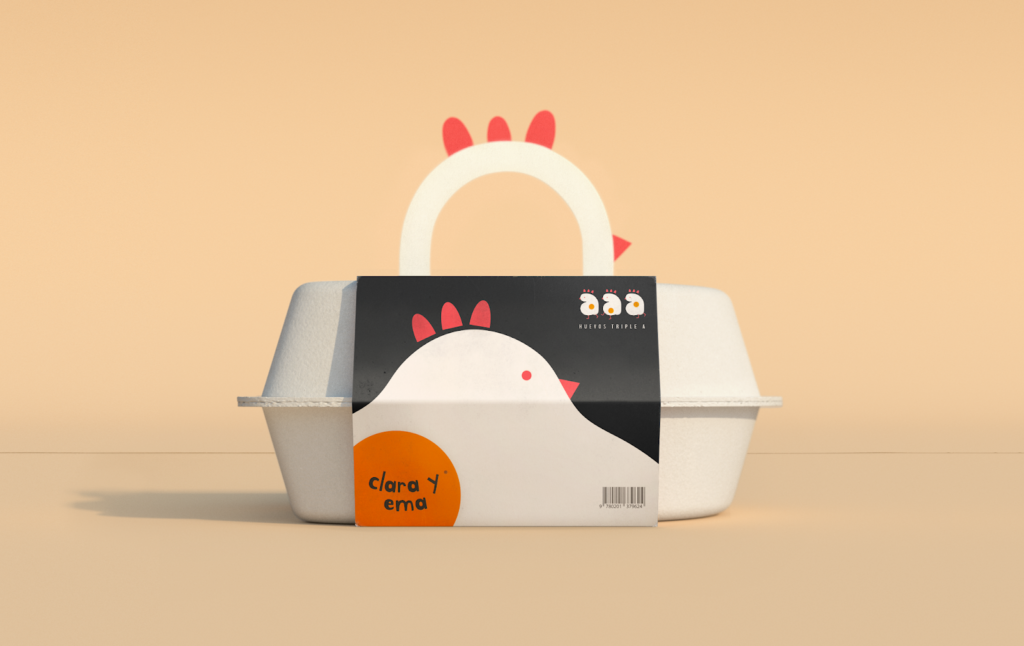
The egg box is a design staple that hasn’t been updated in… well, forever. Latin American design agency Creamos decided to change that by remodelling the carton in the image of a hen itself. The shapely carton is topped with a hen’s head handle.
The agency says it wanted to emulate the way eggs slip from the shell into the frying pan with its new “liquid” branding for Clara y Ema. This is even echoed in the free-form typography use on-pack.
Fresh meat packaging
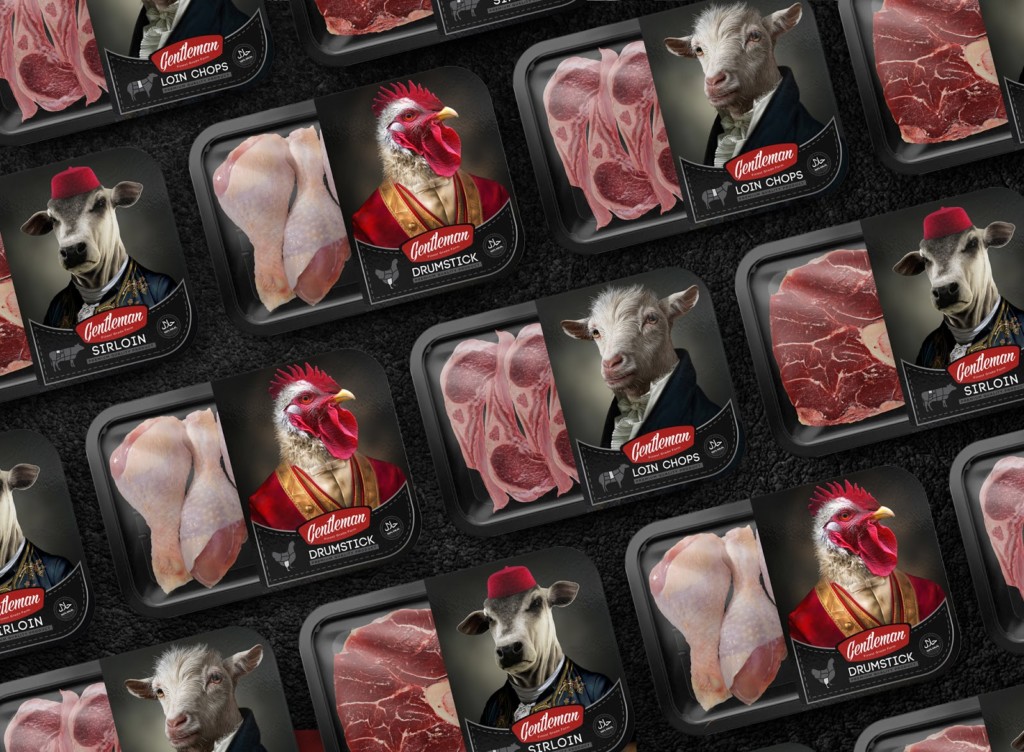
Iranian Studio Metis wanted to create packaging that better reflected the name of fresh meat brand Gentleman. Gentleman is one of the best livestock producers in the region and the idea was to show the quality of the produce by depicting the animals in ‘quality’ clothes.
The traditional style portraiture – usually reserved for aristocrats- is both eye-catching and amusing. At the same time it successfully conveys an air of prestige.
Creative packaging designs soft drinks
Seltzer packaging
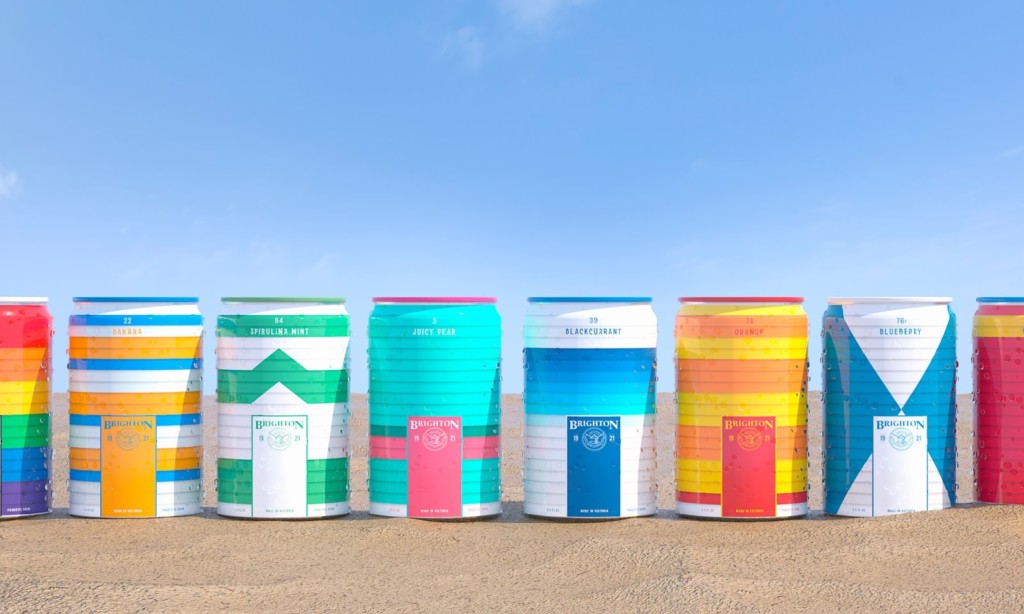
No, they’re not beach huts – they’re cans of seltzer water! Created by Studio Blackthorns, these cans are inspired by real beach huts at Brighton Beach in Melbourne, Australia. Each of them has its own hut number and flavour (banana, spirulina mint, juicy pear, blackcurrant, violet & ginger).
They used the 1921 Brighton Life Saving Club logo to give the brand a more vintage look as well as a hand stencilled-style typography for the numbers and the flavours. Just looking at these cans transports you straight to the seaside, don’t you agree?
Soda packaging
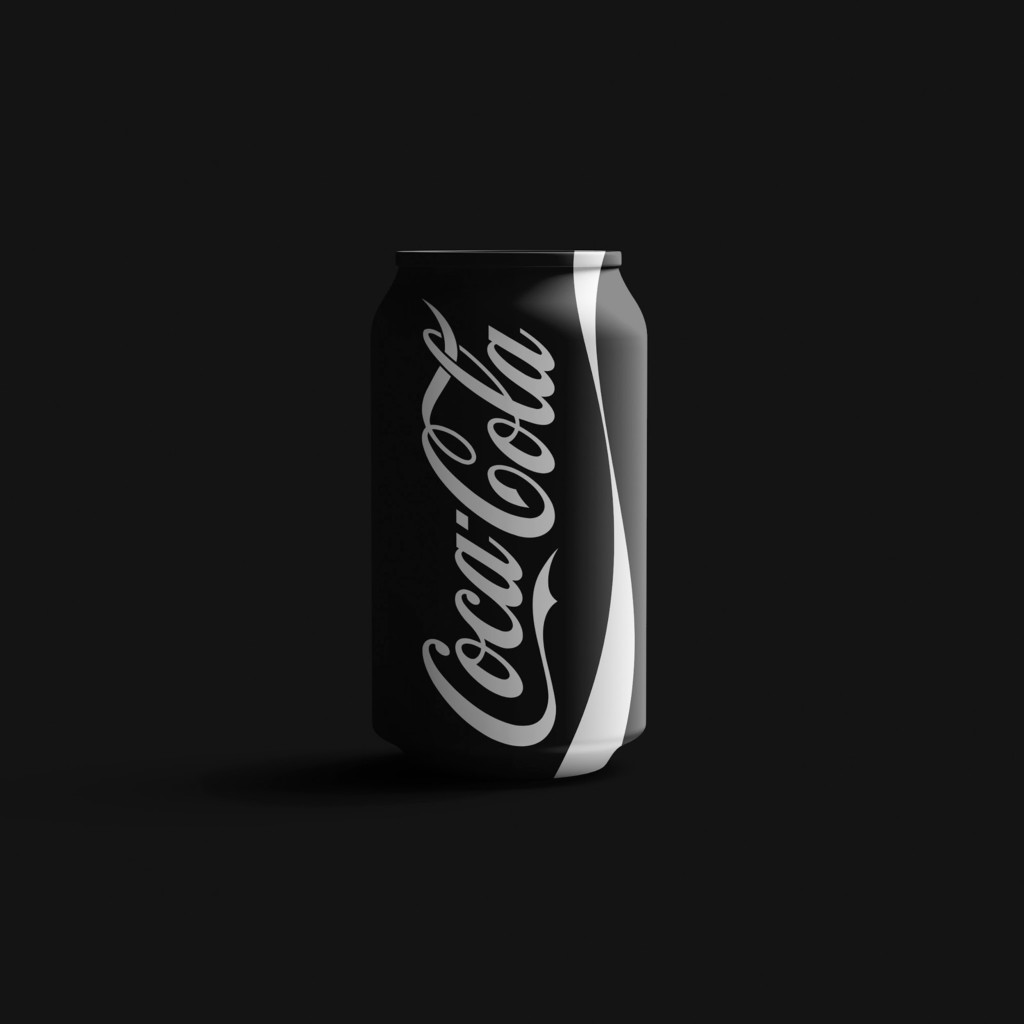
Spanish design agency Norte Branding undertook a rebranding against racism project in which they gave famous brands a chromatic makeover. Here we see Coca-Cola’s iconic red can re-done in black and white, demonstrating that the branding loses none of its power.
The message? Exterior colour doesn’t matter, what matters is on the inside. The agency also re-worked the packaging for Pepsi, Dr Pepper, Starbucks, Domino’s Pizza and Kellogg’s Corn Flakes.
Creative packaging designs for dairy products
Milk packaging
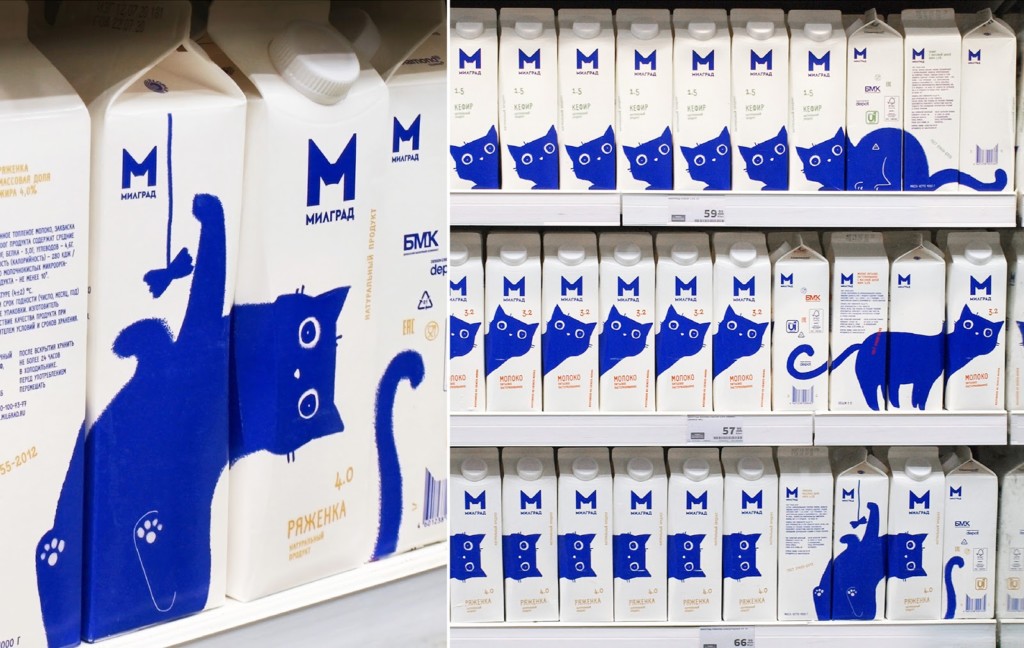
When it comes to milk, competition is high and it’s hard to stand out on the shelf. Depot branding agency decided to get shoppers’ attention with a playful cat design that turns the packaging into a toy.
The blue cat illustration is broken down into parts, travelling across all four sides of the Milgrad milk carton, and there are several different designs. You can use the packaging like building blocks to create different pictures, making it irresistibly interactive.
Butter packaging
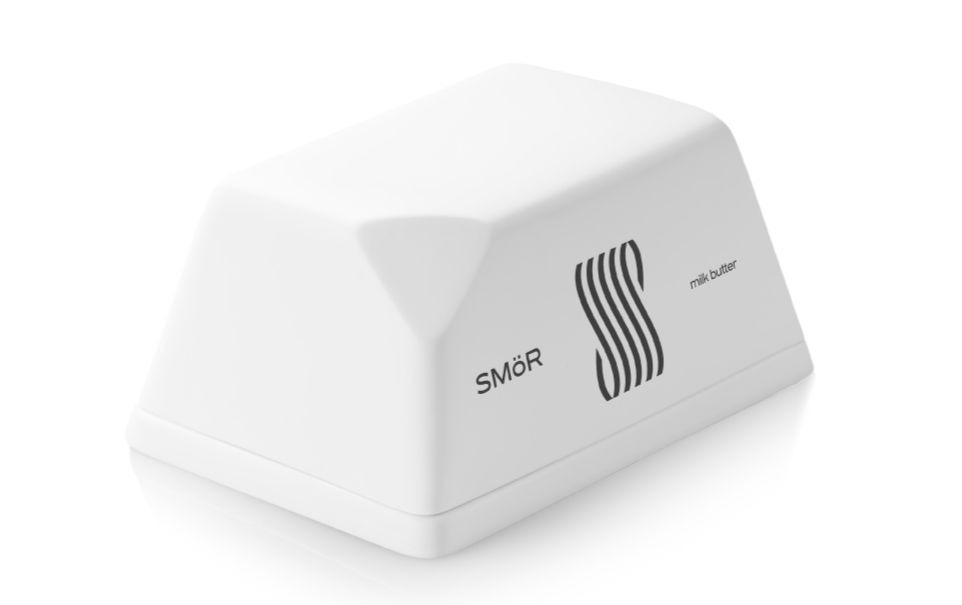
mousegraphics of Greece also succeeded in differentiating a dairy brand in a visually overloaded market, but they did it in the opposite way – by stripping away design elements.
They were inspired by the brand’s name smör (which is the Swedish name for ‘butter’), creating a logo that transcribes the initial S to a visual reference to the rolling spires made by a knife on the butter surface. The packaging itself imitates a block of butter with a knob cut off.
Creative packaging designs for fast food
Burger packaging
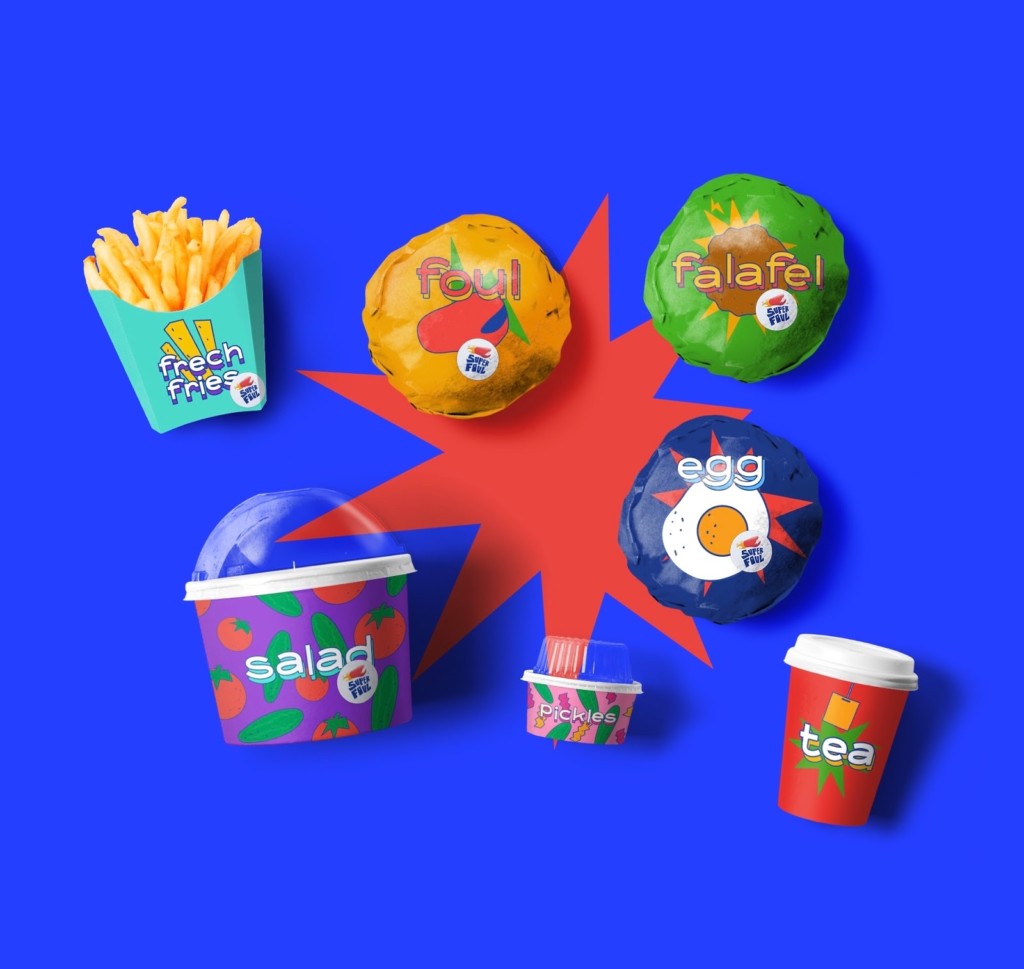
This colourful branding is bold by any standards but when you consider it was designed for the very traditional Egyptian market, it’s even more radical. The work is by Shiekh Branding for Egyptian restaurant Super Foul.
The aim was to attract a young generation by making a distinct departure from the traditional colours, packaging and art direction people are used to. This is why English wording was also chosen. Although the artwork feels like something entirely new, it’s reminiscent of the American 90s aesthetic, which is also making a comeback elsewhere.
Pizza packaging
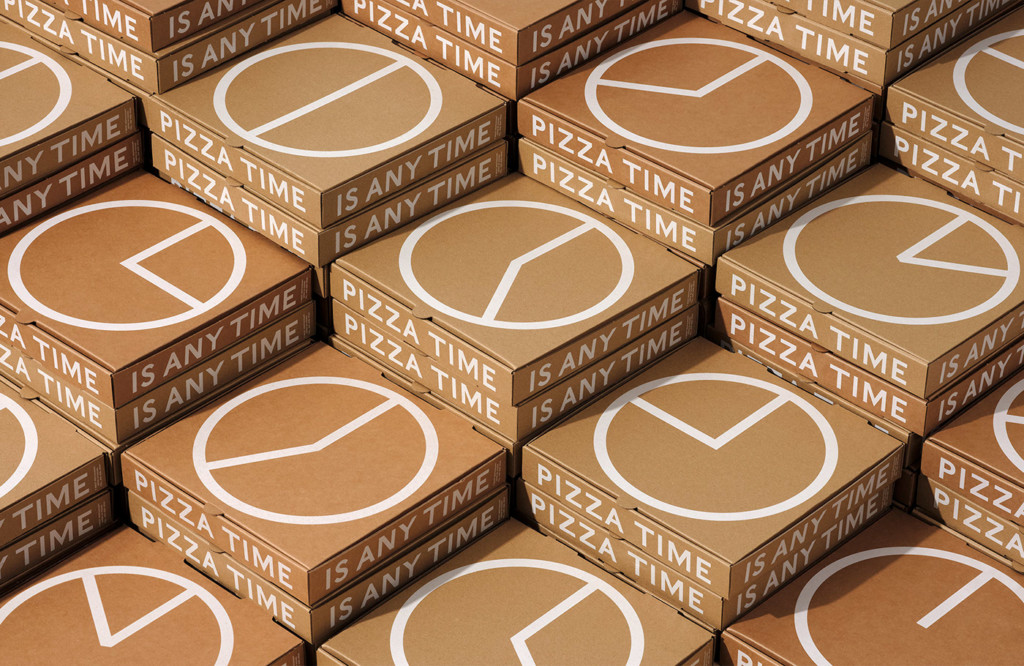
24-hour restaurant 7 West in Toronto, Canada needed to solve a problem – how to promote out-of-hours pizza orders to regular-hours customers? Man Wai Wong showed how creative package design could solve just such a problem.
The design agency created 12 boxes – one for every hour, which would be used at the corresponding time. On the inside flap of each box were humorous reasons why that particular hour – at both PM and AM – was a good time to order a pizza (for example, 1am because you’re 5-hours into a Netflix series).
Creative packaging designs for cereal
Cereal multipack packaging
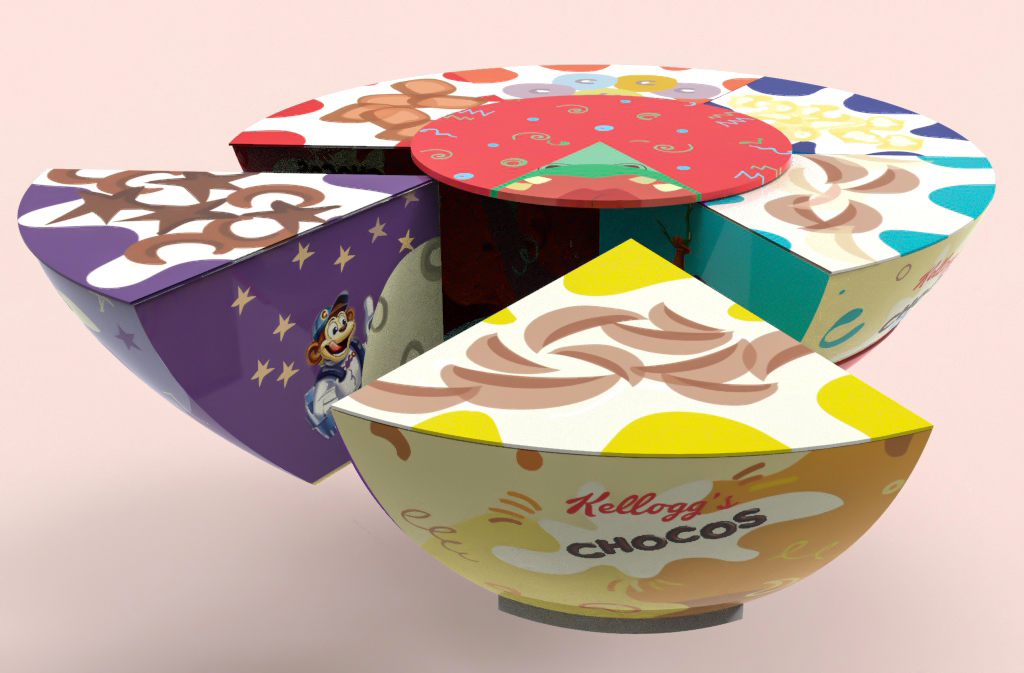
This is a student project by Shreya Pujari, re-imaging the packaging for Kellogg’s cereal 25g multipack. In India, the cereal is packaged in six plastic pouches contained in a plastic net and Pujari wanted to make it both more sustainable and more fun for kids.
She created six colourful card boxes shaped like slices of cake, held together by a card strip – all made from recycled materials. A disc at the top adds a spin-the-wheel feature to decide which cereal to eat. Each individual pack also has activities and fun facts to make it more interactive.
Creative packaging designs for food on the go
Salad packaging
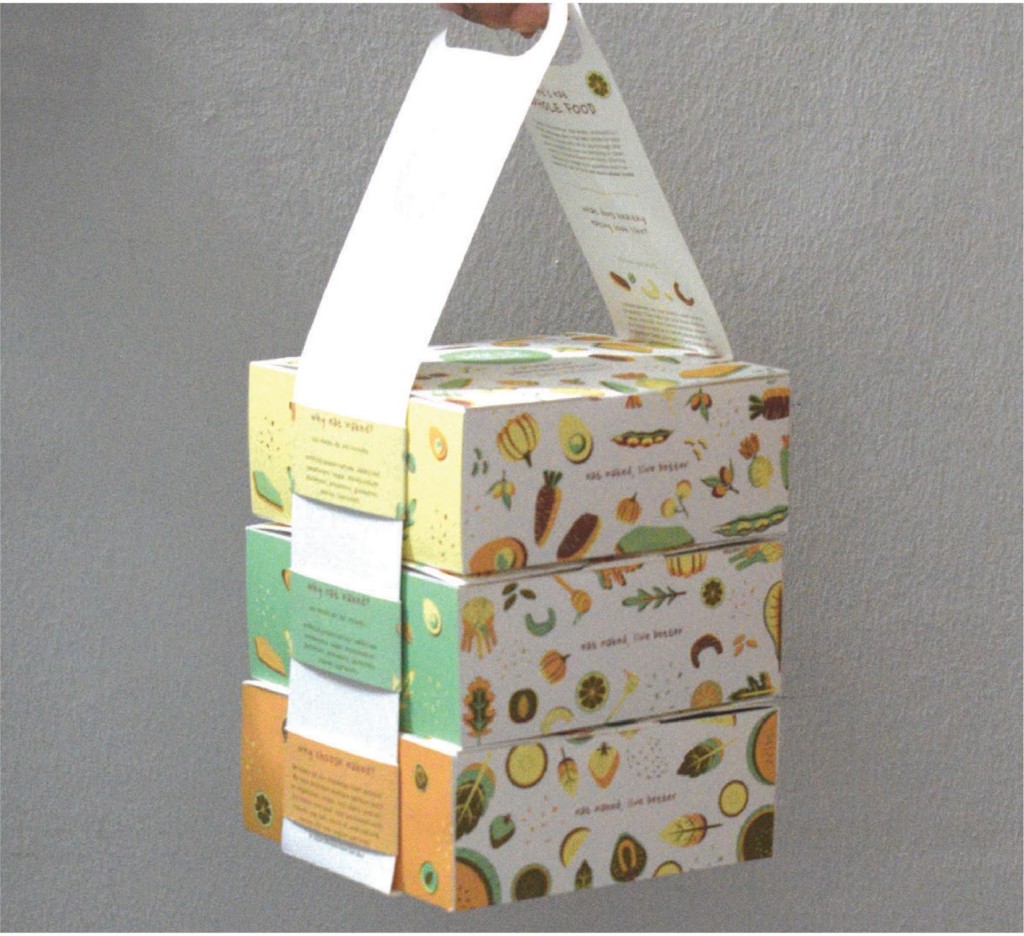
Food-on-the-go can get messy. Things move about in the bag, squashing and spilling their contents. Behance designer Denise Lau set out to solve this problem with her design for stackable meal boxes.
Multiple boxes can be easily and securely transported thanks to a carrying strap, which can be threaded through the sides of each box. Not only is it a better way to transport prepared food, but it’s also more sustainable, dispensing with the need for a carrier bag.
Takeaway drinks packaging
How’s this for creative food packaging? This machine squeezes fresh orange juice and uses the leftover orange peel to create a cup to drink it from. Created by Italian studio Carlo Ratti Associati, the prototype machine aims to bring circular design into everyday life.
Orange rinds are dried and milled to make “orange dust”, which is mixed with polylactic acid (PLA) to form a bioplastic material. This is then 3D-printed into a cup – a process that customers can watch.The cup can be recycled after use, with the material continually broken down and remade into further cups. How clever is that!
Creative packaging designs for alcoholic beverages
Wine packaging
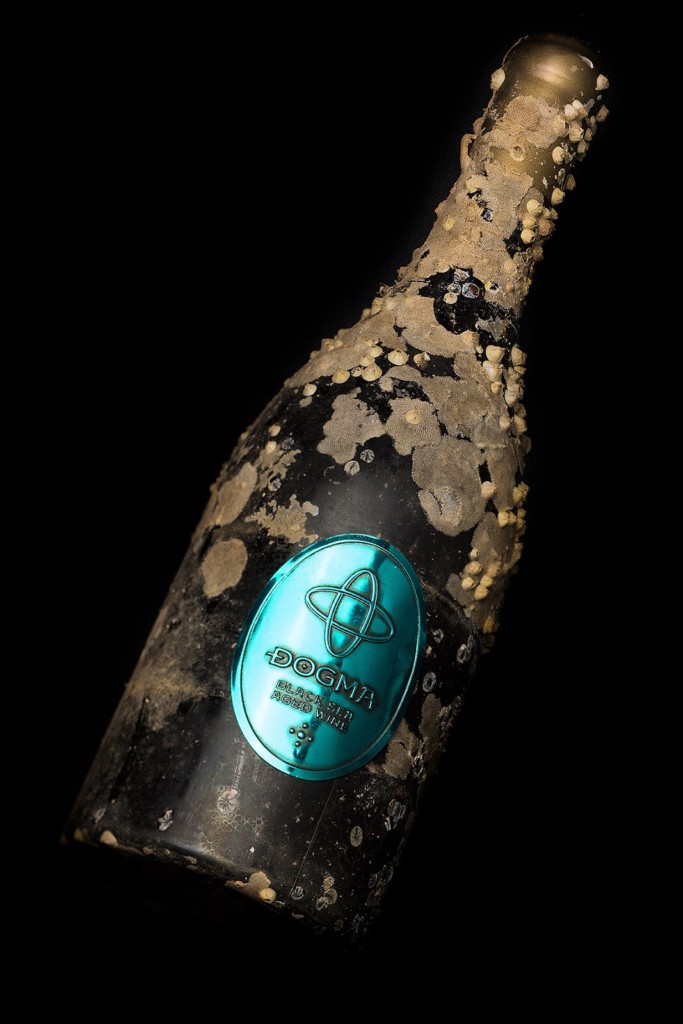
This certainly tops it when it comes to unusual packaging design – the bottles for Dogma Black Sea Aged Wines are submerged in the Bulgarian ocean for five months. Various sea creatures and organisms take up residence, resulting in a unique look for every bottle.
Design agency The Labelmaker enhanced the aged image with a premium embossed pewter label featuring a brushed patina effect. Meanwhile, the cork is covered in gold or silver wax all adding to the impression that the wine has been recovered from an old shipwreck.
Creative packaging designs for snacks
Nuts packaging
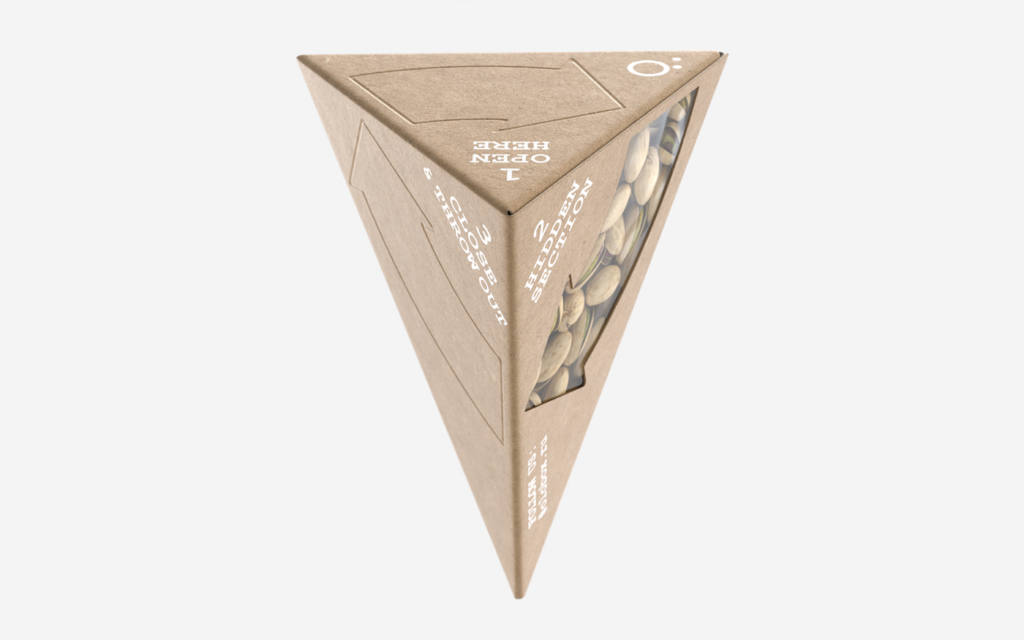
Food packaging really excels when form and function combine, like they do in this nuts packaging design. ÖLOBOX, created by Olkas Voron, is an innovative package with an integrated pocket for shells.
Allowing people to eat natural snacks anywhere, the husks section opens after the pack is opened. When you finish eating, it’s very easy to close the pack with the shells inside and store it until you can throw it away.
Dried fruit and nuts packaging
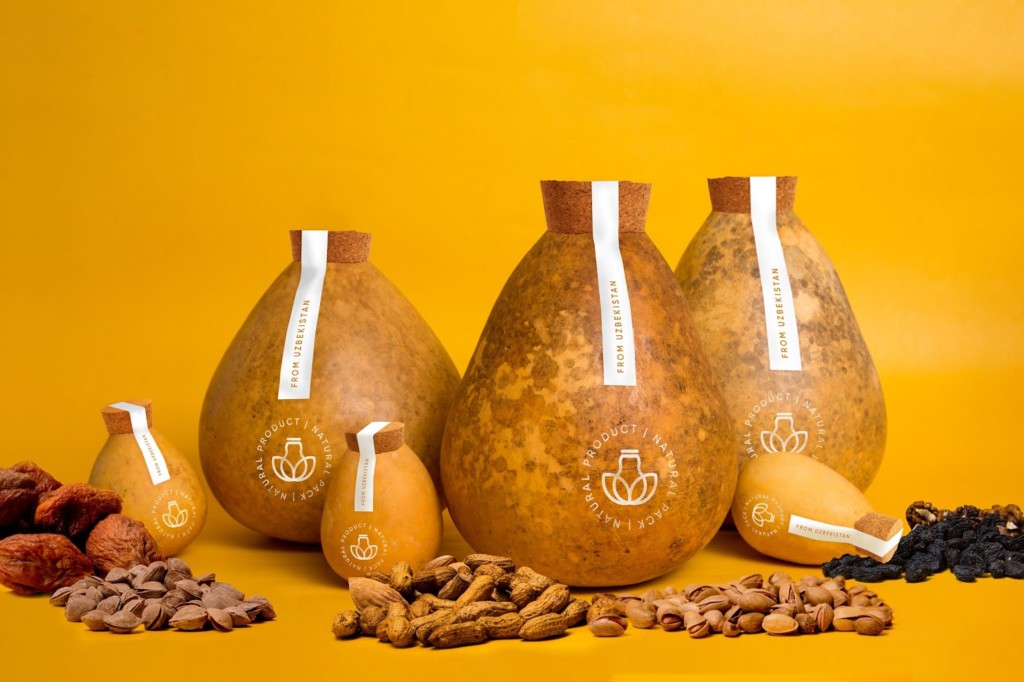
Looking for more nuts packaging ideas? Look no further. Synthesis creative lab has shown how natural foods can be packaged in completely natural packaging. These beautiful cylinders are made from lagenaria, a plant from the gourd family.
Each one has a unique pattern and size making them visually appealing and different from other types of packaging. But more than this, the packaging is sustainable (it decomposes in one year) and practical (it’s waterproof, lightproof and rigid).
Time to start work on your own creative packaging designs
We hope you loved these packaging design ideas and are now raring to go with new concepts for your brand? You can get started right away by digging into consumers’ preferences for packaging and avoiding any creative testing mistakes. And once you’ve got prototype designs, you can use consumer feedback to help you develop and refine your ideas—feedback that you should totally continue for your marketing campaigns with ad testing. It’s a simple process, and you can learn how to do it step-by-step in our Guide to Packaging Design Testing.
Tell us what you think of this article by leaving a comment on LinkedIn.
Or share it on:

